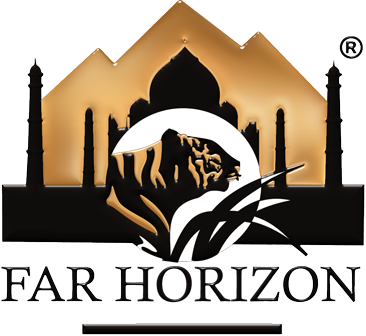Bhutan – Happiness is a Place!
more_vert
-
Duration8 Days
-
Region
-
Best Time
- April - September
Introduction
Timeless traditions, unique architecture and stunning Himalayan scenery combine to make Bhutan the most fascinating of all the Himalayan kingdoms. As well as awe-inspiring mountain vistas, Bhutan will afford you the opportunity to experience first-hand the legendary hospitality and open hearted happiness of the local people. Far Horizon takes you on a unique journey through the beautiful and picturesque kingdom of Bhutan - one of the last Shangri-las of the world. This Himalayan kingdom is a preserve of the living history of the Lamaistic Buddhist culture. Immerse yourself in the unique culture of Bhutan – visit Thimphu, Punakha and Paro.
Tour Highlights
- Accommodation in twin sharing room as per the above mentioned hotels or similar in the room category specified.
- 7 Breakfast and 7 Dinner
- Vehicle (Hyundai SUV) for transfer and city tour
- All currently applicable taxes.
Destinations Covered
Thimphu
The Beating Heart of BhutanIt is a charming capital city that is nestled in the Himalayas with the magnificent sites of the Raidak River which passes through it which is often called as the Thimphu River.
Punakha
The Land of Red RicePunakha is one of the 20 districts located in Bhutan. This place was the previous capital of Bhutan up until 1955 after which the capital was changed to Thimpu. This place is in a close proximity to Thimpu and one can easily reach here by means of car. This place is usually warmer in winter and colder in summer. Located at the height of 1200 m this place is known for its extensive rice cultivation.
Paro
The Gateway to the Last Himalayan KingdomThis beautiful Paro valley is about 2250m above the sea level. Paro is believed to be one of the first valleys to have received the influences of the Buddhism. The wide and fertile Paro valley has both an ancient and a modern face.
Detailed Itinerary
- Day 1 Arrive Paro and drive to Thimphu (Approx. 55 kms / 1.5 hours’ drive)
- Day 2 Thimphu
- Day 3 Thimphu - Punakha by road (Approx. 75 kms / 3 hours’ drive)
- Day 4 Punakha – Wangduephodrang – Punakha
- Day 5 Punakha - Paro by road (Approx. 125 kms / 4.5 hours’ drive)
- Day 6 Paro
- Day 7 Paro (full day excursion to Haa valley)
- Day 8 Depart Paro

























